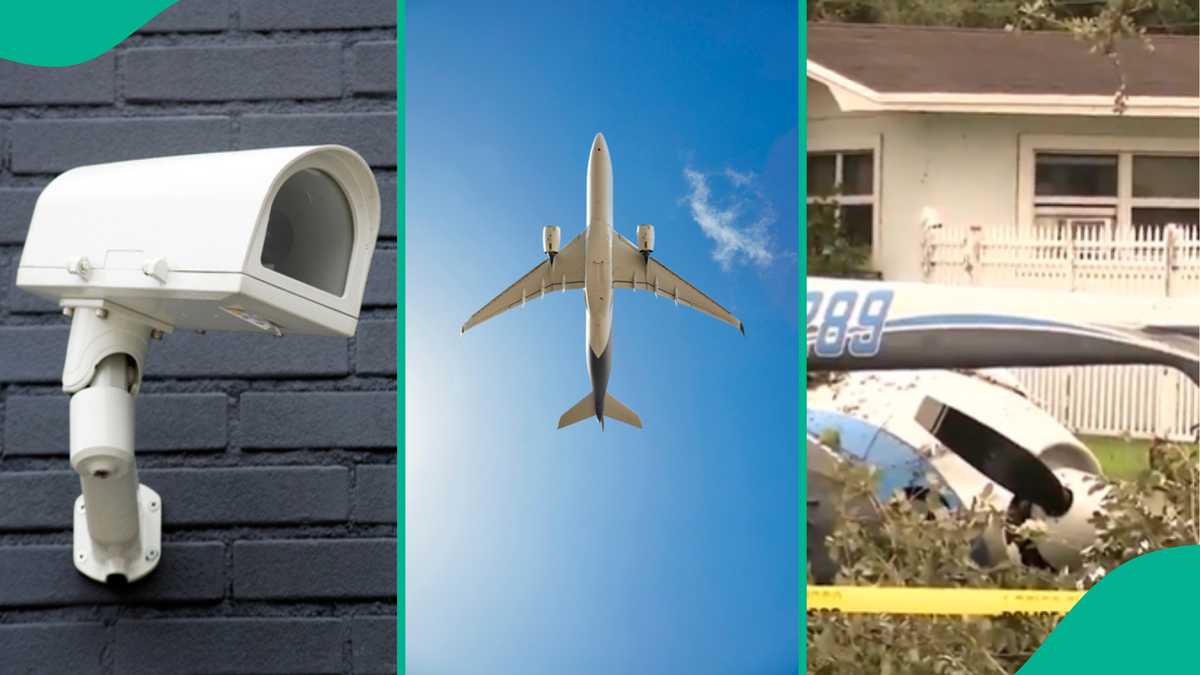Spain Sector Crushed by Relentless Flash Floods as Catastrophic Storms Overwhelm Catalonia and Aragon, Leaving Trails of Destruction, Missing Persons, and a Nation on Edge - Travel And Tour World
Wednesday, July 16, 2025

Spain is reeling from a catastrophic climate disaster after heavy rainstorms and hurricane force winds battered its northeastern provinces from 11 to 13 July 2025, causing flash floods, smashing public infrastructure to the ground and leaving travel paralyzed at the height of summer tourism. Propelled by an unusually severe DANA weather system colliding with heat that has built up under another heat dome, the floods turned roads into rivers, swept cars away, disrupted air and rail traffic, and left two people unaccounted for — showing the alarming level of destruction and increasing threat of climate-induced weather emergencies in the country.
Torrential rain and gales cause widespread chaos as Spain’s northeastern region is hit with devastating July 2025 floods
Storm summary for 11 – 13 July 2025: A storm event to remember in NE Spain NE Spain had an event this weekend (11 – 13 July 2025) that many people will remember as one of the most severe weather events in 20 – 30 years, if not longer. The weather system hammered cities and towns including Catalonia and Aragon, causing extensive transportation problems, significant property damage and a mounting emergency response.
Heavy Rainfall Paralyzes Northeastern Spain
Flooding was triggered late Friday, July 11, when a second day of prime humidity and rain soaked large parts of northeastern Spain. Weather turned to the worst on Saturday, 12 July as Spain’s meteorological agency, Aemet triggered red alert warning for severe weather in eight northeastern provinces, including Huesca, Teruel, And in response to the increasing rainfall and hazardous wind strength, emergency was declared across a number of northeastern provinces, such as Zaragoza, Barcelona, Girona, Lleida, Tarragona, and Castellón. Rainfall amounts here varied widely from and included totals ranging from 62mm and upwards depending on location. as 155 millimeters in parts, swamping drainage systems and flooding low-lying urban areas.
Aemet called the situation “exceptionally dangerous,” telling people to stay away from streets and even underground spaces like basements and subway tunnels. Despite preparatory emergency measures, serious flooding was reported in several cities. Streets turned into raging waterways, making some thoroughfares impassable, including rivers like El Cardener in Catalonia, which overflowed with so much force that it carried away parked cars. In one particularly dramatic instance, two people were spotted plunging into the swollen Foix River in Cubelles, a seaside town southwest of Barcelona. Firefighters and emergency rescue teams quickly leapt into action and continue to do so as search teams have the clock ticking against them.
Travel and Air Traffic Are Disrupted by Weather Chaos
Thousands of tourists on holiday in Spain during the summer high season were ensnared in the havoc, and news of the disruption plagued travel, locally and abroad. Spain’s national rail operator, Renfe, on Saturday suspended regional services temporarily after waterlogged tracks created treacherous conditions. While most lines are running once again, residual delays and spotty closures still plague the system.
Delta Air Lines flight takes hail to nose, forced to return to airport In an unrelated aviation event, a Delta Air Lines flight taking off from Barcelona on its way to the U.S. suffered damage to the nose of a plane just after takeoff. The carrier’s discovered the damage was caused by the extreme system battering the region. At the same time, road transportation between several provinces is being disrupted, and the blocked roads with storm debris are now impacting vehicles’ travel.
Travel advisories While these are widespread cancellations, no government has yet issued an official travel advisory warning against going to Spain. “In the meantime, we would advise all those considering travel to the affected provinces should check with the hotels, tour agents and local authorities to ensure there is no disruption to the travel plans.” Temporary closures are likely, as many homes and smaller lodgings have sustained water damage.
Meteorological Factors Behind the Disaster
The weekend’s intense storm activity has been attributed to a meteorological event called DANA—Depresión Aislada en Niveles Altos, or an isolated high-altitude depression in which cold air at high altitudes clashes with warm, wet air down below. Isolated upper-level cut-off lows such as this can create severe weather, especially well away from the flow aloft (i.e. normal jet stream tracks).
Further complicating the peril is the broader climate backdrop. A punishing heatwave has blanketed Spain for weeks, part of a “heat dome” that has kept a chokehold on the weather system in southern and central Europe. It’s that this phenomenon wraps up hot air under the high, generating long stretches of intense heat. Meteorologists have suggested that this dome helped power the storms by creating an unstable weather system, and that it fed the DANA system.
Heating Up and Drying Out Spain at RIsk
Northeastern Spain saw a slight fall in temperatures after heavy weekend rain, but most of the rest of the country is sweating through the hottest days of summer. On Tuesday, fresh heat warnings were also in place for the south and center — encompassing the provinces of the provinces surrounding cities such as Seville and Cordoba. Some parts of the country have seen temperatures rise over 104F (40C), placing public services and infrastructure on edge.
“The situation is developing, it’s being watched carefully, but so far no one can predict that the harvest will be able to be saved if there’s no sustained cooling,” meteorologists say. Emergency services are still on high alert, particularly in areas susceptible to bushfires and more flash flooding.
A Nation Once Acquainted With Death by Flooding
This latest flood is the latest in a string of worrying climate-induced disasters that have hit Spain in recent years. By March 2025, heavy rain caused weeks of flooding across a number of provinces resulting in extensive damage. This came just months after Valencia had the worst flood it had seen in decades with more than 200 people being killed – a tragic reminder of the dangers of extreme weather.
Public information emerges while Spain grapples with extreme heat and violent storms as campaigns and emergency operations are stepped up to ensure people are safe. Climate experts say such events are becoming more common and more severe, underscoring a pressing need for more effective urban planning and flood defenses, as well as more forward-looking environmental policies.
Spain braced for a major climate emergency from 11 to 13 July 2025, as extreme rainstorms caused by an unusual DANA storm and a severe heatwave battered the northeastern provinces, crippling towns, cutting off transportation, and leaving hundreds of people at risk.
Conclusion
The July 2025 floods have once again brought Spain’s susceptibility to adverse weather to the fore. With the northeastern provinces struggling to recover, the remaining parts of the country are on a war footing to deal with the continuing weather threats. Travelers have been told to stay updated through trustworthy sources and be aware, and residents are readying themselves for what could be their second summer of environmental uncertainty. As the impacts of climate change are exacerbated, such may no longer be the exception, but a new reality that Spain and much of Europe must get used to.
You may also like...
Diddy's Legal Troubles & Racketeering Trial

Music mogul Sean 'Diddy' Combs was acquitted of sex trafficking and racketeering charges but convicted on transportation...
Thomas Partey Faces Rape & Sexual Assault Charges

Former Arsenal midfielder Thomas Partey has been formally charged with multiple counts of rape and sexual assault by UK ...
Nigeria Universities Changes Admission Policies

JAMB has clarified its admission policies, rectifying a student's status, reiterating the necessity of its Central Admis...
Ghana's Economic Reforms & Gold Sector Initiatives

Ghana is undertaking a comprehensive economic overhaul with President John Dramani Mahama's 24-Hour Economy and Accelera...
WAFCON 2024 African Women's Football Tournament

The 2024 Women's Africa Cup of Nations opened with thrilling matches, seeing Nigeria's Super Falcons secure a dominant 3...
Emergence & Dynamics of Nigeria's ADC Coalition

A new opposition coalition, led by the African Democratic Congress (ADC), is emerging to challenge President Bola Ahmed ...
Demise of Olubadan of Ibadanland
Oba Owolabi Olakulehin, the 43rd Olubadan of Ibadanland, has died at 90, concluding a life of distinguished service in t...
Death of Nigerian Goalkeeping Legend Peter Rufai

Nigerian football mourns the death of legendary Super Eagles goalkeeper Peter Rufai, who passed away at 61. Known as 'Do...





